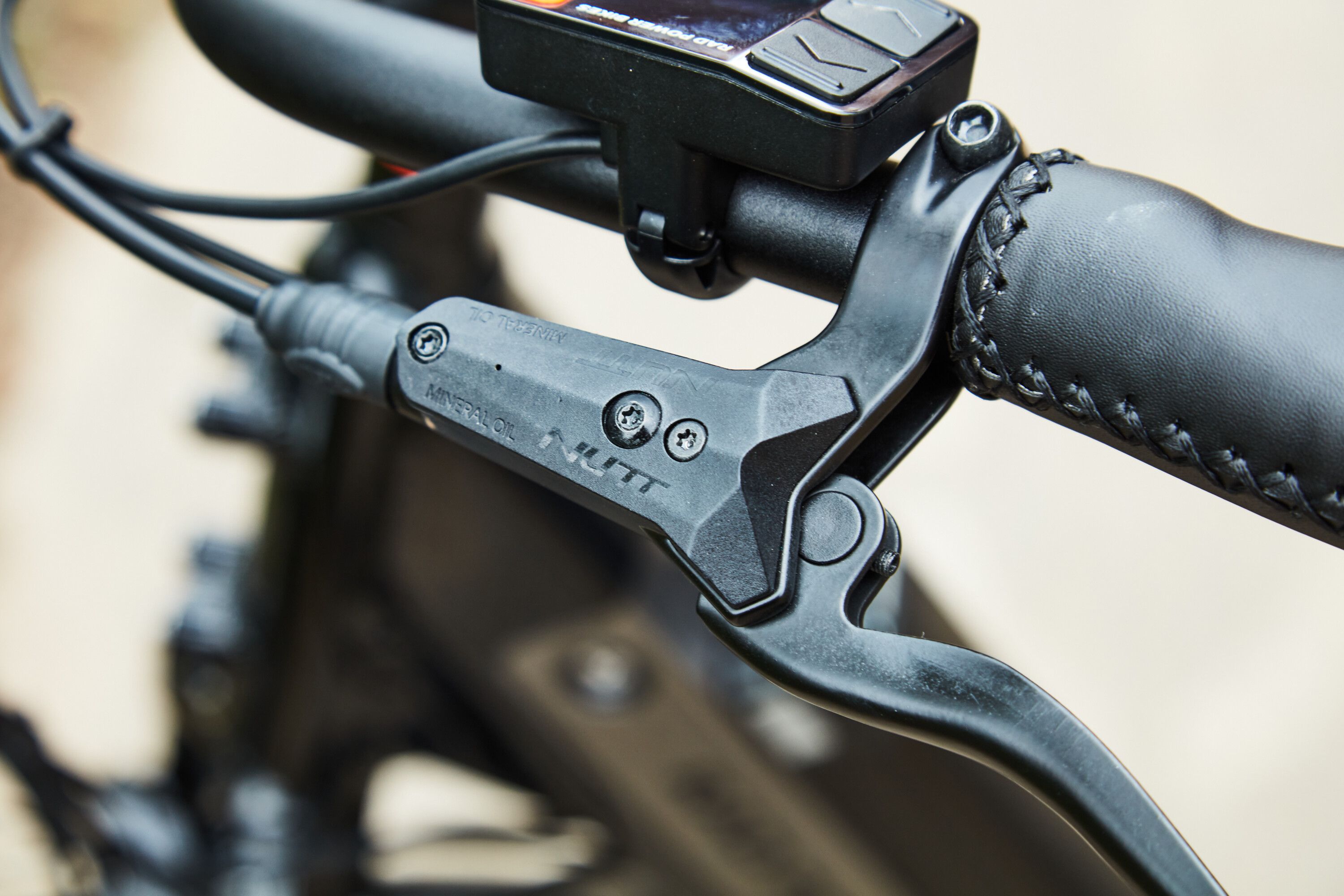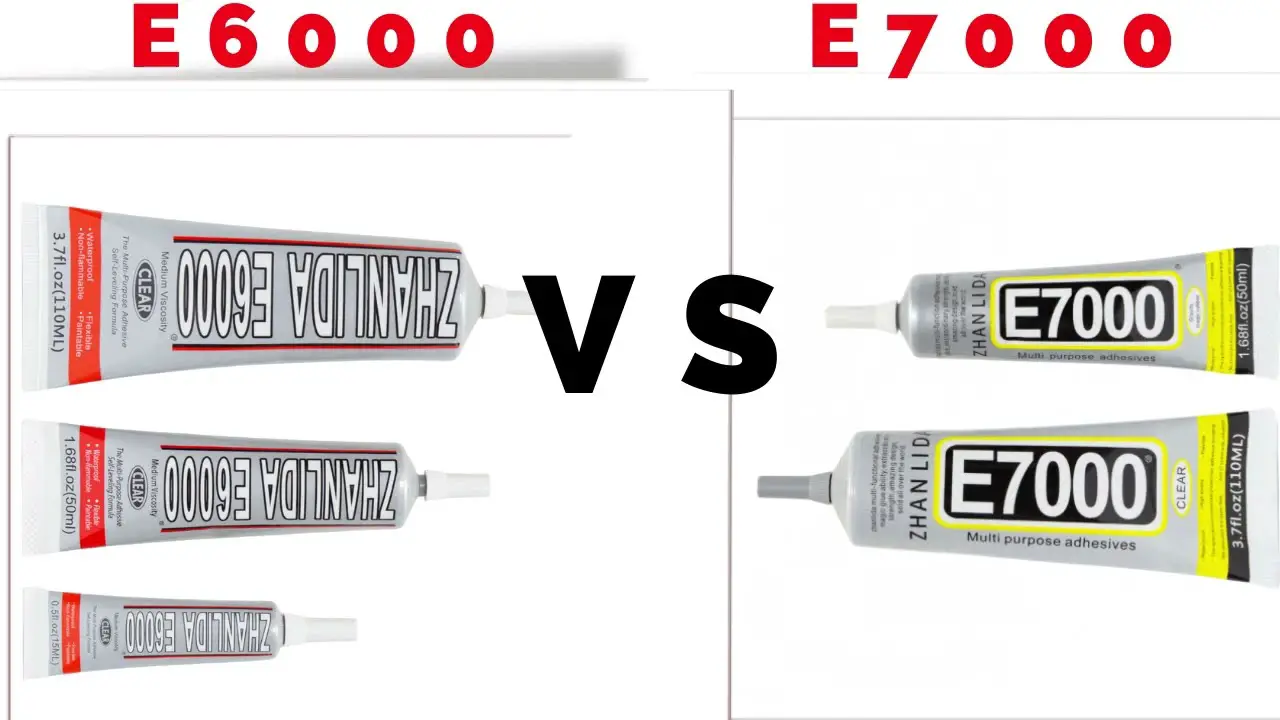E6000 and E7000 are two popular types of adhesive that are often used in various applications.
Contents
Comparing E6000 and E7000 Models
When it comes to electronic bicycles, the E6000 and E7000 models stand out as popular choices for riders looking for high-quality, reliable performance. As a potential buyer, it can be challenging to decide between the two.
This comparison dives into the Features and Specifications, as well as Design and Build Quality of both models, to help you make an informed decision for your cycling needs.
Features And Specifications
Both the E6000 and E7000 are equipped with advanced features tailored to the needs of modern riders. The E6000 model boasts a powerful 250W motor, providing smooth, efficient power assistance for effortless riding.
On the other hand, the E7000 model offers a robust 60Nm torque, ideal for conquering challenging terrains with ease. The E6000 comes with a battery capacity ranging from 418Wh to 504Wh, ensuring long-lasting performance during extended rides.
In contrast, the E7000 features a slightly higher energy capacity, with options ranging from 504Wh to 630Wh, allowing for extended cycling without the need for frequent recharging.
Design And Build Quality
When it comes to design and build quality, both models have their distinctive strengths. The E6000 features a compact, lightweight design, making it ideal for urban commuting and city rides.
It offers sleek integration with the bike frame, providing a seamless and aesthetically pleasing appearance. On the other hand, the E7000 is engineered with a focus on durability and rugged performance.
Its robust construction and weather-resistant design make it suitable for off-road adventures and demanding cycling conditions. The E7000’s rugged build ensures reliability and longevity, even in challenging environments.
Performance Differences
In comparing E6000 and E7000, it is important to understand the performance differences between these two products. The performance disparities can have a significant impact on user experience and overall effectiveness.
Below we will delve into the key performance differences, focusing on speed and efficiency as well as functionality and user experience.
Speed And Efficiency
E6000 and E7000 differ in their speed and efficiency when it comes to accomplishing tasks. E6000 is renowned for its fast processing speed and quick response times, making it ideal for time-sensitive projects.
On the other hand, while E7000 is also efficient, it may not match the instantaneous speed of E6000, particularly when handling complex operations or large data sets.
Functionality And User Experience
When it comes to functionality and user experience, E6000 offers a seamless and intuitive interface, making it easy for users to navigate and utilize its features.
Additionally, E6000 provides a wide range of functionalities, ensuring that users can perform diverse tasks within the platform. Meanwhile, E7000 also boasts efficient functionality, but some users may find the interface less user-friendly compared to E6000.
Price And Value
When considering the price and value of E6000 vs E7000, it’s essential to weigh the features against the cost.
The E7000 offers more advanced capabilities compared to the E6000, making it a valuable investment for those seeking enhanced performance.
Cost Comparison
Value For Money
Both adhesives offer strong bonds at a reasonable cost.
E7000 provides slightly better performance.
User Reviews
Before making a purchase decision, it’s important to consider user reviews. Real feedback from people who have used a product can provide valuable insights into its performance and usability.
In this section, we will explore the user reviews for both E6000 and E7000 adhesives to help you make an informed choice.
Pros And Cons Of E6000
Let’s begin by examining the pros and cons of the E6000 adhesive:
Pros of E6000
- Strong bonding ability for various materials, such as metal, wood, fabric, and glass.
- Flexibility when cured, making it suitable for projects that require movement or bending.
- Waterproof and resistant to temperature changes, ensuring durability.
- Long-lasting adhesive that maintains its strength over time.
- Available in different sizes, allowing for flexibility in usage and avoiding waste.
Cons of E6000
- Strong odor during application, requiring adequate ventilation.
- Requires at least 24 hours for full curing, which may be inconvenient for time-sensitive projects.
- Not recommended for use on materials that are constantly exposed to high levels of moisture.
- May become less effective in extreme temperatures.
Pros And Cons Of E7000
Now, let’s take a look at the pros and cons of the E7000 adhesive:
Pros of E7000
- Highly adhesive and suitable for a wide range of materials, including metals, plastics, ceramics, and more.
- Quick curing time, allowing for faster completion of projects.
- Waterproof and weatherproof, making it ideal for both indoor and outdoor use.
- Resistant to vibrations, making it an excellent choice for projects that require stability.
- Low odor compared to other strong adhesives, ensuring a more pleasant working environment.
Cons of E7000
- May not bond as strongly with certain materials, requiring additional surface preparation.
- Not recommended for applications where high flexibility is necessary.
- May become less effective in extreme temperature conditions.
- Available in limited sizes, potentially leading to wastage if large quantities are not required.
Market Trends
When it comes to adhesive products, two names often stand out in the market: E6000 and E7000. These versatile and high-performance adhesives have become popular choices among DIY enthusiasts, crafters, and professionals alike.
In this section, we will delve into the market trends surrounding these adhesives, focusing on their popularity and competitors.
Popularity In The Market
E6000 and E7000 have gained significant popularity in the market due to their exceptional bonding strength and versatility.
These adhesives are renowned for their ability to bond an extensive range of materials, including metal, wood, plastic, glass, fabric, and more.
They provide a durable and long-lasting hold, making them suitable for various applications.
- E6000 has carved its place in the market over the years and has become the go-to adhesive for many crafters and DIY enthusiasts. Its reputation for its strong bond and flexibility has made it a staple in the crafting community.
- E7000, a newer addition to the market, has quickly gained recognition for its advanced formula and enhanced performance. It offers similar benefits to E6000, with the added advantage of improved resistance to chemicals and outdoor elements.
As the demand for high-quality adhesives increases, both E6000 and E7000 have become trusted choices for projects ranging from jewelry making to shoe repairs and industrial applications. These adhesives have become synonymous with reliability and durability.
Competitors And Alternatives
While E6000 and E7000 dominate the market, they face competition from other adhesive products that offer similar features and benefits. Here are a few notable alternatives:
| Product | Features | Advantages |
|---|---|---|
| Goop | Dries clear, withstands extreme temperatures | Excellent for outdoor applications, provides a strong hold |
| Super Glue | Quick-drying, strong bond | Ideal for small, precise applications, works well with plastics |
| Gorilla Glue | Expands while curing, bonds various materials | Offers a strong and reliable bond, suitable for heavy-duty projects |
These alternatives provide consumers with options to consider when selecting an adhesive. However, E6000 and E7000 remain popular choices due to their versatility, durability, and strong bonding capabilities.

Frequently Asked Questions For E6000 Vs E7000
What Is The Difference Between E600 And E700 Glue?
E600 glue offers a clear, flexible bond suitable for a wide range of materials. E700 glue is a stronger, more durable adhesive, designed for heavy-duty projects. Both are versatile and widely used for various bonding needs.
What Is E7000 Glue Used For?
E7000 glue is used for bonding various materials such as metal, plastic, glass, and leather.
It is versatile and offers strong adhesion, making it ideal for DIY projects, crafts, and repairs.
E7000 glue is also resistant to water, chemicals, and extreme temperatures, ensuring durable and reliable bonding.
What Is The Difference Between E6000 And B7000 Glue?
E6000 and B7000 glue differ in their adhesive properties and uses.
E6000 is highly flexible and ideal for bonding porous materials, while B7000 has a stronger bond and is suitable for non-porous surfaces.
Consider the materials you’re working with before choosing the right glue for your project.
What Is B7000 Used For?
B7000 is used as an adhesive for various materials like glass, metal, plastic, and fabric. It provides strong bonding and precision application for DIY projects and repairs.
Conclusion
After evaluating E6000 and E7000, it’s clear both adhesives have unique advantages. Depending on your specific needs, one may be more suitable than the other.
Consider factors like bond strength, drying time, and versatility when selecting the right adhesive for your project. Make an informed choice based on your requirements.

